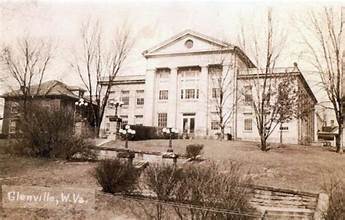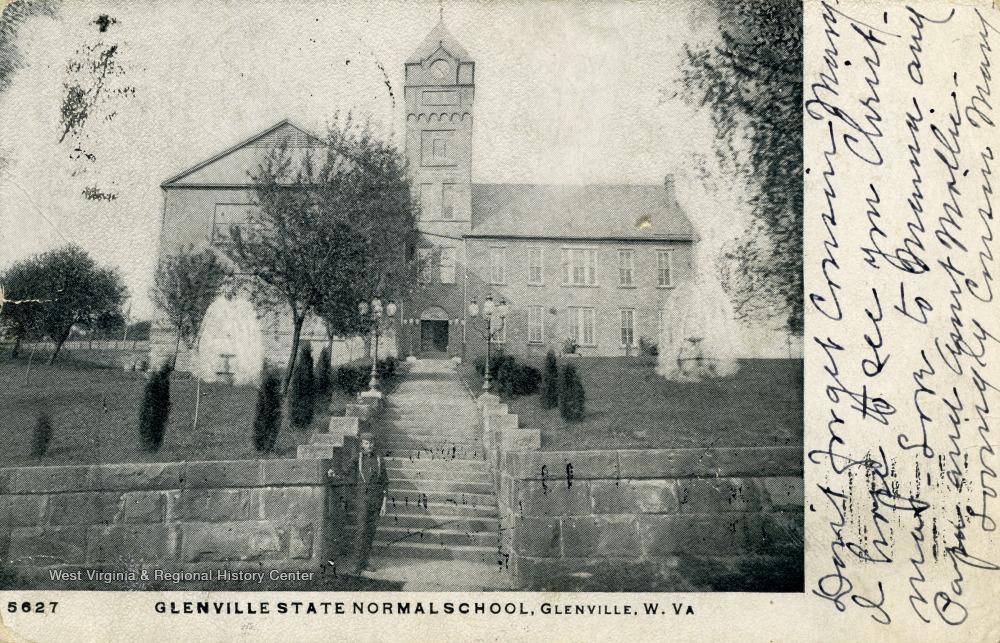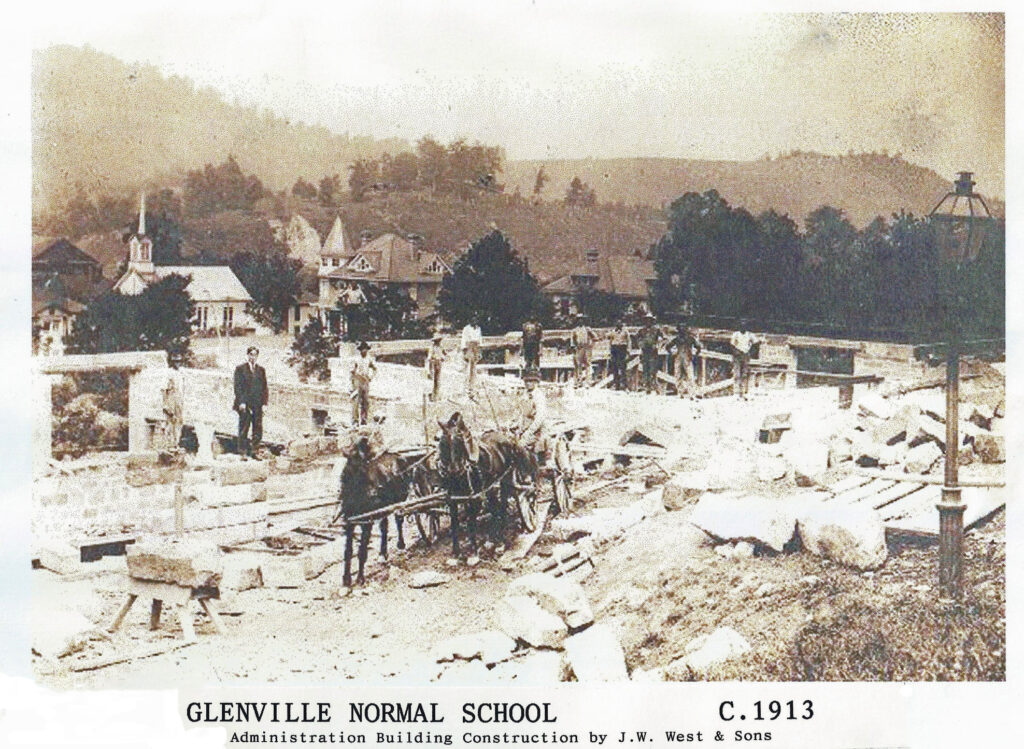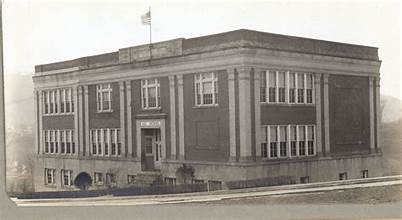Before, Facebook, Instagram and Twitter, there were postcards. We could send a picture of where we had traveled. We could send a picture of ourselves. It was a fun way to keep up with friends and relatives. In many ways it helped track our family history. They even made scrapbooks out of the postcards. I have seen several of them through the years.
The history of the picture postcard is a fascinating topic that spans over two centuries and involves many countries and innovations. Here are some of the main events and milestones in the evolution of the postcard:
- The first known picture postcard was a hand-painted design on card created by the writer Theodore Hook in 1840. He posted the card to himself as a practical joke on the postal service, since the image was a caricature of workers in the post office.
- The first official postal cards were issued by the US government in 1873, following an act of Congress in 1872. These cards had a printed 1 cent stamp on the corner and were plain on the back, with only the address allowed.
- The first picture postcards that were used as souvenirs were sent from Vienna, Austria in 1871. These cards had images of various scenes and attractions on one side and a small space for a message on the other.
- The first picture postcards in the US were sold and popularized at the World Columbian Exposition in Chicago in 1893. These cards, known as viewcards, had images of the fair and its buildings on one side and a divided back for the address and message on the other.
- In 1898, Congress passed an act allowing private printing companies to produce postcards with the statement “Private Mailing Card, Authorized by Act of Congress of May 19, 1898.” These cards cost the same as government-issued cards (1 cent) and were the first to bear the term “postcard”.
- In 1901, the US Post Office allowed the use of the word “postcard” on cards issued by private publishers, and also permitted messages on the address side of the card, creating the divided back format that is still used today.
- In 1907, Kodak introduced the postcard camera, which could take a picture and print a postcard-size negative of the picture, complete with a divided back and space for postage. This enabled people to create their own “real photo” postcards from their personal snapshots.
- In the early 20th century, postcards became very popular as a form of communication and entertainment. Millions of postcards were produced and collected, featuring images of landscapes, monuments, celebrities, humor, art, and more. This period is known as the “Golden Age of Postcards” and lasted until the 1910s
- In the following decades, postcards continued to evolve with new printing techniques, materials, and designs. Some of the notable types of postcards include linen postcards, which had a textured surface and bright colors; chrome postcards, which had glossy photo-like images; and novelty postcards, which had unusual shapes, materials, or features.
- Today, postcards are still widely used and enjoyed by people around the world. They are a simple and fun way to share greetings, memories, and experiences with others. They are also a valuable source of historical and cultural information, as they capture the changing views and trends of different times and places.




